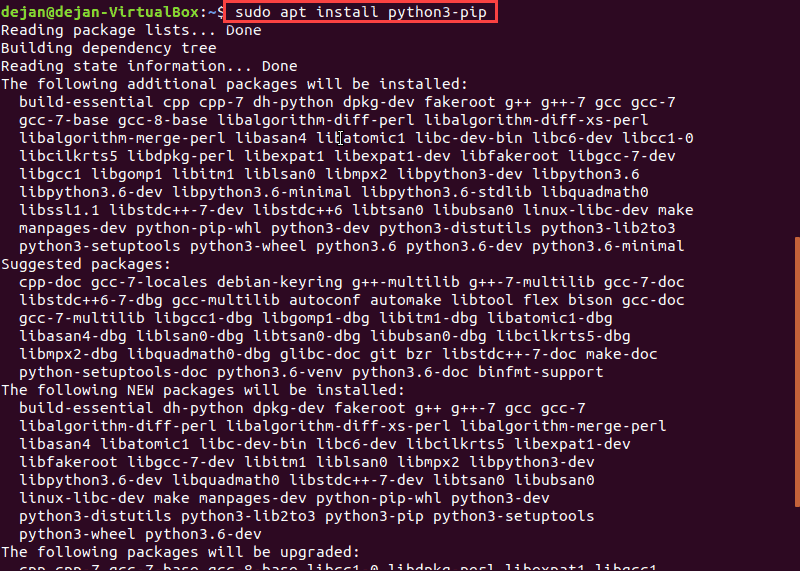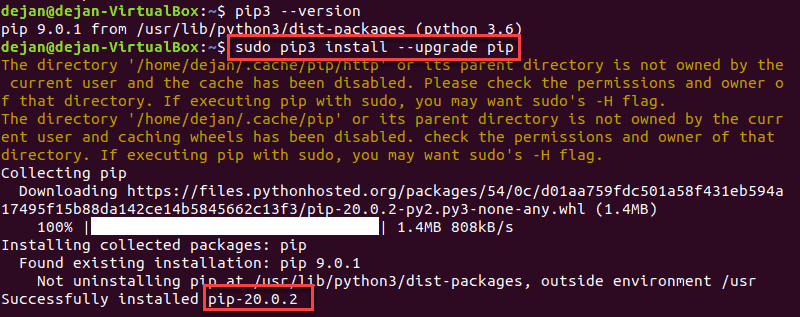
Verify the python 3 pip installation and check the version –īy opening a command line and typing the following command, we can confirm that Pip was installed correctly.It’s worth noting that Pip comes pre-installed with Python versions. The dir command allows us to see the entire contents of a directory. Double-check the file’s directory path if a “file not found” issue occurs. Pip should now be successfully installed. After downloading this file, we need to execute the below command in our system. To install pip on our system, we need to first download the get-pip.py file in our system. Install the pip on the windows system –.We may either run Python from the place where it was installed or change our system variables to allow Python to run from anywhere. Python isn’t installed, or the system variable path isn’t set.

If python is not installed in our system, it will show the error message. In the above example, python is already installed in our system. If Python is correctly installed, we should get the python version’s information. For example, type python and hit Enter when a command prompt window appears. Open a command prompt on our Windows server to check for a Python installation. If Pip isn’t installed, an error message will appear explaining that the software can’t be found. We will get a notice describing how to use Pip if it’s installed. Open a command line and execute the following command to determine if it has already been installed on our machine.

Much newer Python builds come with Pip already installed.

PIP is already incorporated into the Python installer if we use Python 2.7.9 or 3.4.These Python libraries may be found on a central repository called the Python Package Index if we want to utilize them.



 0 kommentar(er)
0 kommentar(er)
